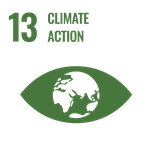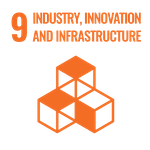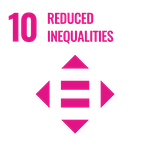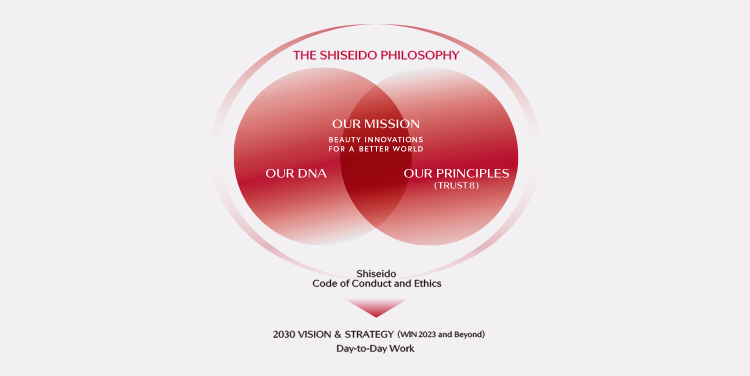Material Issues
(Approved in 2019)
At Shiseido, we are committed to creating a sustainable world and enhancing people’s sense of happiness and fulfillment via value creation through beauty innovations, as we have done since our founding. To select social and environmental issues to be addressed through our business, we compiled a list of sustainability issues based on interviews, surveys, and discussions with stakeholders. We first examined the importance of these issues to Shiseido’s business and to all of our stakeholders, from consumers and business partners to employees, shareholders, and society and the Earth. We then categorized and prioritized the issues along two axes and defined 18 material issues.

A System for Promoting Sustainability
At Shiseido, we work to promote sustainability across the entire company, including our brands and regional businesses.
In 2020, we launched the Sustainability Committee, a dedicated body to ensure timely management decisions related to sustainability and their company-wide implementation. The committee decides on Group-wide sustainability strategies, policies, and discusses specific topics such as disclosure contents of TCFD and actions for human rights, as well as monitors the progress of medium-to-long-term goals. The committee consists of the Group CEO and executive officers in charge of Corporate Strategy, R&D, Supply Network, Corporate Communications, and our brands, as well as other executive officers from different fields to ensure discussions of a range of issues from different perspectives.
In 2021, besides the regular Sustainability Committee meetings, we held additional meetings to discuss and decide on measures for implementation with the relevant executive officers and those in charge of promoting sustainability in major departments in order to incorporate sustainability issues into management, thereby strengthening promotion across the Group. In addition, the Global Strategy Committee and the Board of Directors are consulted when a decision is needed on important matters related to business execution.
In January 2022, Shiseido underwent organizational reform to bolster and expand its sustainability activities and seamlessly incorporate and promote them in our management and business strategies. Specifically, the Sustainability Strategy Acceleration Department was established within the Corporate Transformation Acceleration Division to take charge of the Group-wide sustainability strategy and its acceleration. At the same time, the D&I Strategy Acceleration Department was created to accelerate Shiseido's diversity and inclusion (D&I) initiatives both internally and externally.
Moreover, in a bid to promote sustainability initiatives, we have revised indicators for the long-term performance-linked renumeration of internal directors and executive officers, increasing the weight of social value indicators from 10% to 20%. Also, in order to accelerate environmental efforts, from this year we have newly set an environmental indicator related to reducing CO₂ emissions, an important initiative under the Company’s sustainability strategy.
Strategic Actions & Corresponding SDGs
Shiseido has established six strategic actions based on different material issues, three each in the areas of environment and society. To implement these initiatives, we are distributing management resources on a priority basis in each department across the entire company.
Medium-Term Environmental Targets
Scenario Analysis of Climate Change Risks and Opportunities Based on TCFD Recommendations
Given the seriousness of the impact of climate change issues on business growth and social sustainability, Shiseido announced its endorsement of the task force on climate-related financial disclosures (TCFD) in April 2019 and began disclosing information in line with the TCFD framework. In 2020, we disclosed the results of a qualitative analysis of risks and opportunities. In 2021, we developed a quantitative analysis method to analyze the risks and opportunities associated with the transition to a decarbonized society as well as the physical risks and opportunities caused by changes in the natural environment due to climate change using the 1.5/2°C and 4°C scenarios. In each case, we have disclosed the analysis results and major actions.
Details of Scenario Analysis
Assuming temperature increases of 1.5/2°C and 4°C, we analyzed risks and opportunities according to the Representative Concentration Pathways (RCP) and Shared Socioeconomic Pathways (SSP), two scenarios presented by the Intergovernmental Panel on Climate Change (IPCC). For risk in the 1.5/2°C scenario, we analyze factors due to changes in policies, regulations, technologies, markets, and consumers’ perception associated with the decarbonization transition. In a 4°C scenario where no active climate change measures are taken, we conduct analyses on the physical impacts of acute/chronic changes, such as flooding and weather conditions associated with temperature increases. We also quantified the financial impact as of 2030 for risk factors associated with carbon taxes, market and consumer trends, flooding, and water shortages, which are expected to have tremendous repercussions on our business.
In terms of opportunities, on the other hand, the 1.5/2°C scenario is expected to see growing support for sustainability-oriented brands and products as consumers become more environmentally conscious, while the 4°C scenario is expected to expand sales opportunities for products that respond to rising temperatures.
Going forward, we will work to mitigate risks throughout the value chain by formulating response actions in conjunction with our business and reflecting them in our management and business plans. We will also regularly disclose initiatives that lead to new opportunities.
For more information on our assessment of climate-related risks and opportunities, including the premises for our scenario analysis, governance, risk management, and indicators and targets, please refer to The Report of Climate-related Financial Disclosure and Sustainability Report 2021.
See below for external assessment of our sustainability efforts and our endorsement of our global initiatives.

















